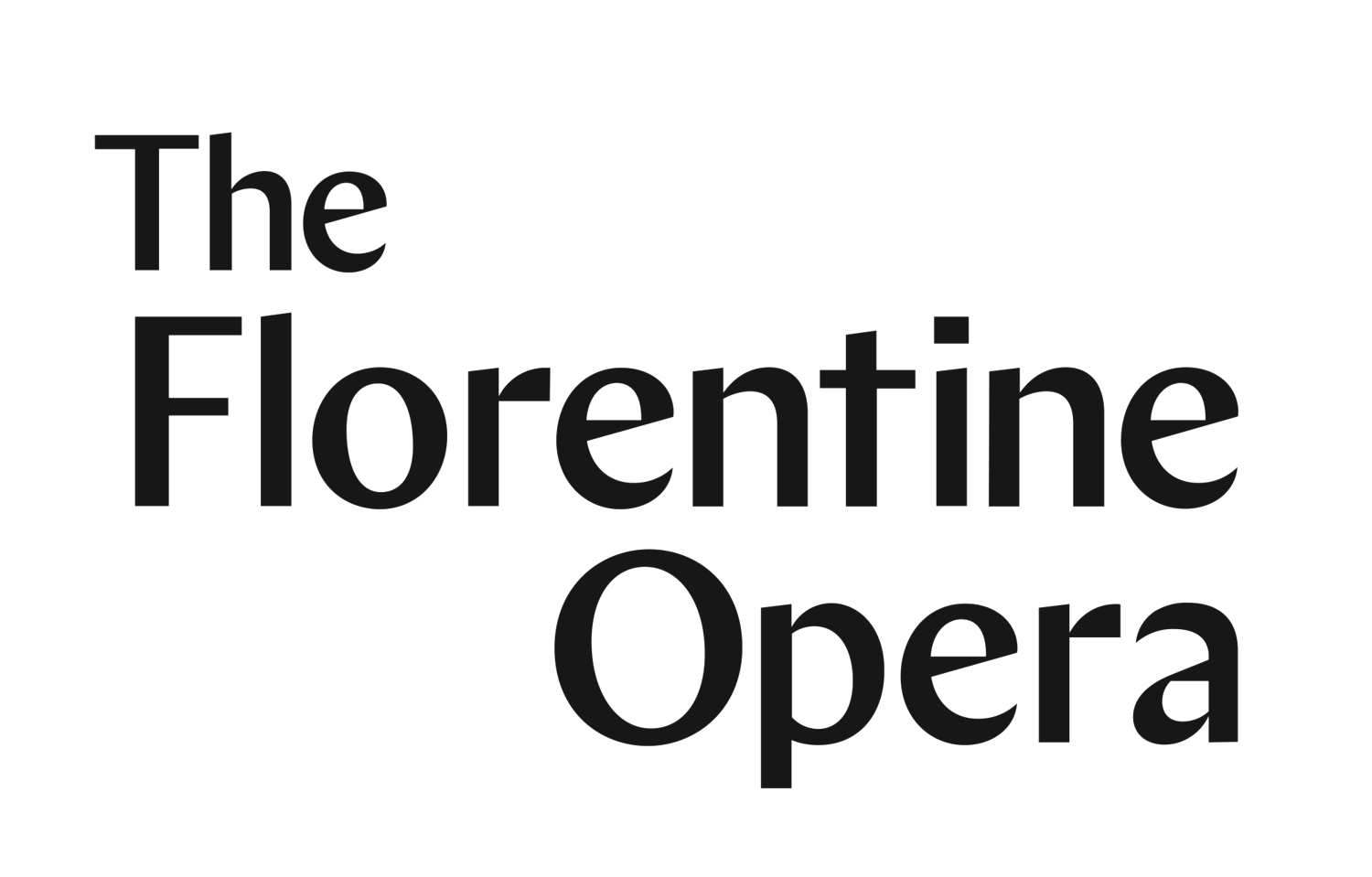The Flying Dutchman, Quarantined
What to know
Richard Wagner (1813-1883) is one of the crucial figures in the history of nineteenth-century music, bringing German Romantic opera to its consummation and creating a new genre, the Musikdrama.
Wagner didn’t become interested in music until the age of 13. At that age he wrote a play entitled “Leubald” that he insisted should be set to music, which is when he started taking music lessons. Read more facts about Wagner from Classicfm.com
Wagner designed his own opera house in Bayreuth, Germany. Construction started in May of 1872 and took 4 years to build, but on August 13, 1876, the first Bayreuth Festival began. Some unique features of the space include the orchestra pit, which is completely covered by the stage, Wagner wanted all eyes on the drama. The space is also completely made out of wood, from floor to ceiling. Because of how wood resonates, it has been described as sitting inside an instrument. Read more about the Bayreuth Festival and theater here. Here’s another site for kids, but adults will learn a ton too, click here.
Der fliegende Holländer premiered in Dresden in 1843, but was revised in 1846, 1852, and 1860. The opera revolves around three central elements: cosmic conflict, redemption, and transfiguration. The dramatic and musical tension of the opera erupts in Act III as the Norwegian crew and the Ghostly Dutchman crew have dueling songs, and keys. The scene culminates in Senta jumping into the sea and ultimately saving the Dutchman’s soul as the two lovers are redeemed and sent to Heaven.
The total package!
Wagner believed in the absolute oneness of drama and music, that the two are organically connected expressions of a single dramatic idea. Poetry, scenic design, staging, action, and music work together to form what he called a Gesamtkunstwerk (total or joint artwork). He considered the action of the drama to have an inner and an outer aspect. The orchestra conveys the inner aspect, while the sung words articulate the outer aspect, the events and situation that further the action. The orchestral web is, then, the chief factor in the music, and the vocal lines are part of the musical texture.
Wagner development of the leitmotif, a recurring musical phrase that is associated with specific characters, moods, or other dramatic themes, creates this interconnected web of drama that is both overt and subliminal. Listen to a break down of leitmotifs from Symphony NH.
a Toast to redemption!
The Dutchman is cursed to a life at sea until he finds his true love and can be redeemed. In the meantime, let’s raise our glasses with this aptly named cocktail “The Flying Dutchman.” Watch John mix it up here.
Ingredients: 1 1/2 oz Gin, 3/4 oz Bénédictine, 3/4 oz Yellow Chartreuse, 3/4 oz Lemon Juice Directions: Add all the ingredients to a shaker filled with ice and shake. Strain into a chilled cocktail glass Enjoy!
Synopsis
3 minute plot breakdown:
Listen to this fun break down from WQXR.
Summary from Opera Online:
Every seven years, the Flying Dutchman, who is condemned to roam the sea for having defied God, is cast ashore and can seek redemption. Only the love of a faithful woman, willing to sacrifice her life for him, can release him from his curse. Tempted by his wealth -and unaware of his destiny - a Norwegian sailor named Daland agrees to give the Dutchman his daughter Senta’s hand in marriage. Betrothed to Erik, Senta nevertheless remains fascinated by the legend of the Flying Dutchman. When her father introduces the stranger she immediately promises to be faithful to the mysterious man forever. However, Erik's bitter argument with Senta causes this new relationship to unravel. Convinced he has been betrayed, the Dutchman reveals his curse before setting sail on his ghostly ship in his eternal quest for redemption. Desperately in love, Senta throws herself into the sea, thus saving the Dutchman’s soul.
Full Plot for the play by play of the opera!
Read the full synopsis from the Met.
Stream the Opera
DId you know, most Wagnerian Operas are three and a half to four hours long, and his Die Meistersinger von Nürnberg, is the longest opera in the repertoire clocking in at just over five hours? Well if you don’t have time for that, you’re in luck, The Flying Dutchman is only two hours and 15 minutes. It’s a great intro to Wagnerian operas.
Here is production from the Finnish National Opera and Ballet
Additional Listening
Der Fliegende Holländer Overture
The Steersman’s Song, “Mit Gewitter und Sturm” sung by Fritz Wunderlich
The Dutchman’s aria, “Die frist ist um” sung by James Morris
Senta’s aria, “Johohoe! Traft ihr das Schiff” sung by Birgit Nilsson
Daland’s aria, “Mögst du mein Kind” sung by Kurt Moll
Erik’s aria, “Willst jenes Tag’s du nicht” sung by Ben Heppner
